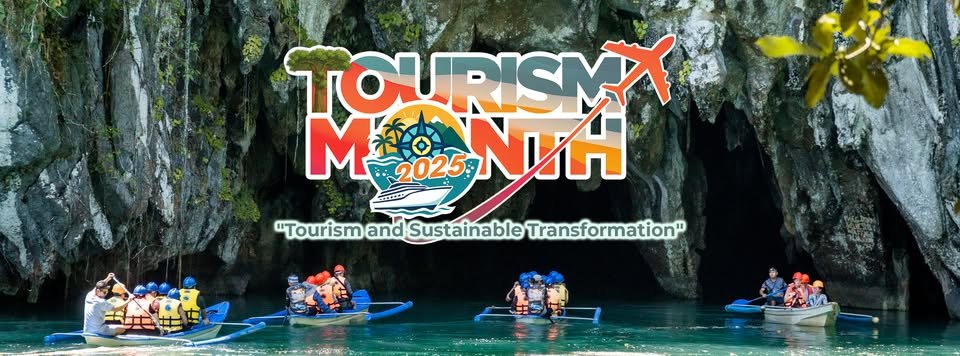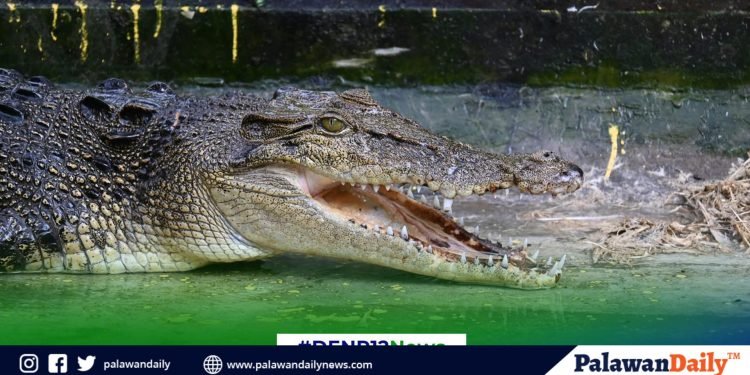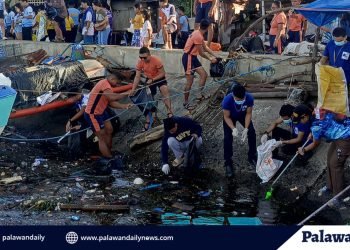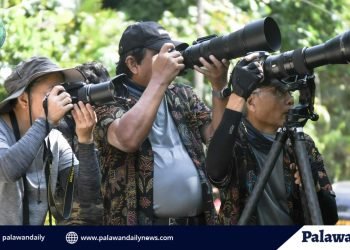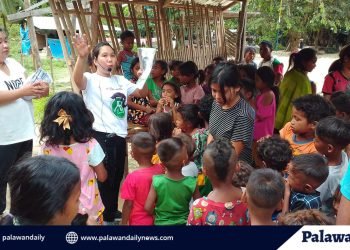In a breakthrough for Philippine wildlife conservation, a 7.5-foot saltwater crocodile named Reden has been genetically traced to the Tawi-Tawi–Palawan cluster, reinforcing evidence that the country’s coastal ecosystems are interconnected by migratory wildlife.
The crocodile, rescued in Barangay Kawas, Alabel, Sarangani on February 26, 2025, was confirmed through DNA analysis to share genetic ties with populations in Puerto Princesa, Quezon, Rizal, Sofronio Española, Brooke’s Point, and Mangsee Island in Palawan, as well as South Ubian, Tawi-Tawi.
“Reden’s presence in Sarangani Bay highlights its role as a viable refuge for migratory species, thanks to its abundant food supply and intact coastal habitats,” researchers from Crocodylus Porosus Philippines Inc. reported.
The finding builds on earlier Indo-Pacific dispersal studies (Binaday et al., 2021), underlining the Philippines’ critical role in sustaining Crocodylus porosus across regional waters. Sarangani Bay, long valued as a source of livelihood for fishing communities, is now being recognized as a corridor for migratory wildlife as well.
Currently, Reden is under close monitoring at a Department of Environment and Natural Resources (DENR)-accredited rescue and breeding center in Davao City. Authorities emphasize that the rescue is more than an isolated case.
Instead, Reden’s DNA profile sheds light on how coastal ecosystems across the archipelago are linked by the movement of apex predators, pointing to the urgency of protecting these waters.
“This finding is a reminder on the importance of protecting and conserving our natural resources. Sarangani Bay’s richness does not only support local communities but also provides sanctuary for migratory species like Reden,” the DENR and PAMO-SBPS said in a joint statement.



